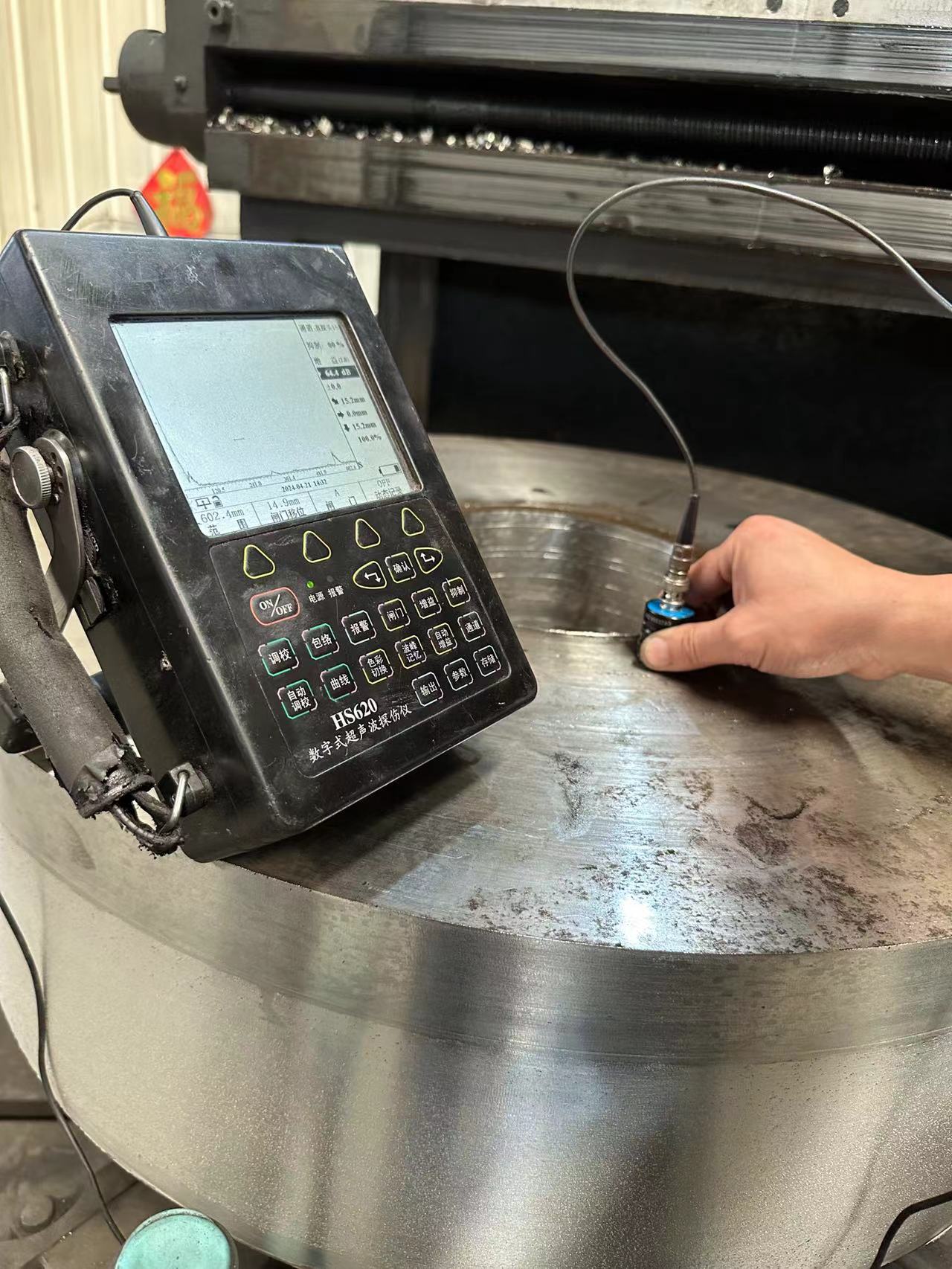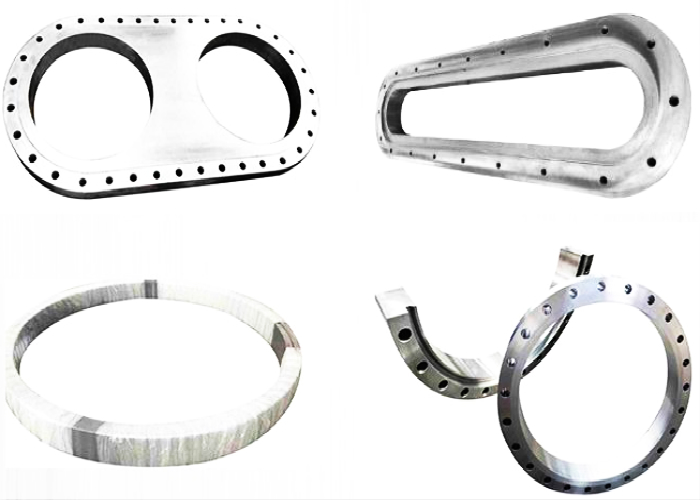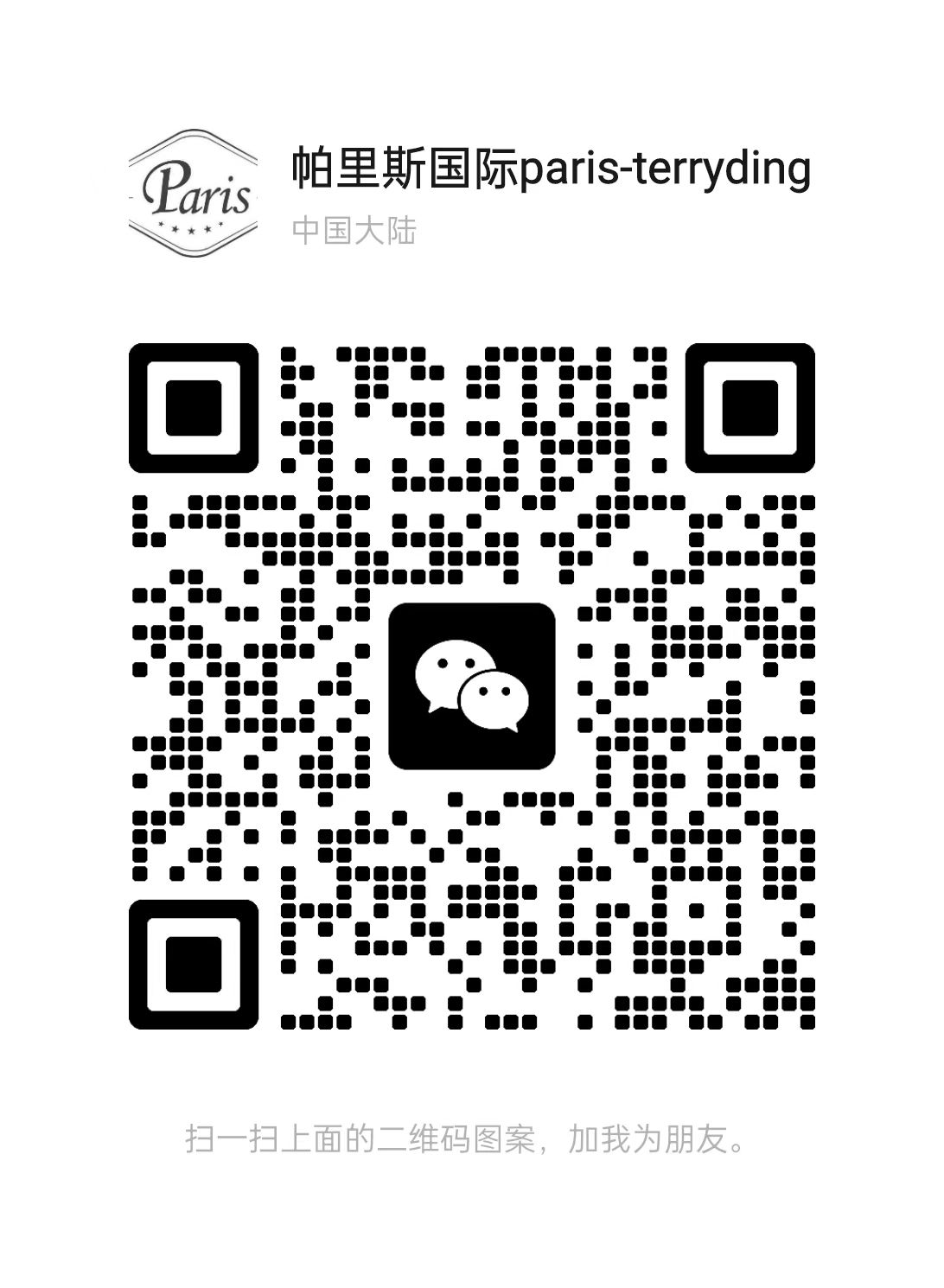Pain Point : Conflict Between Product Standardization and Customization
1. Multiple and inconsistent standards:National standards, American standards, German standards, Japanese standards, petrochemical standards, marine standards, etc. coexist, with significant differences in specifications and parameters, making selection complex and prone to errors.
2. High Demand for Non-Standard Customization:*Special operating conditions (high temperature and pressure, corrosion, special media), retrofitting of existing systems, and space constraints often require non-standard customization, which involves lengthy design and production cycles, high costs, and significant challenges in quality control.
3. Compatibility Issues:Products from different standards or manufacturers may encounter mismatches in dimensions, pressure ratings, or sealing configurations when connected on-site, leading to leakage risks.

Solutions:
Deepen understanding of standards and tool selection: Establish a comprehensive standards library and selection manual; develop online selection tools or apps to help customers and sales teams quickly and accurately select products.
Modular design and parameterized configuration: Use modular design for commonly used non-standard parts, allowing customers to configure within a certain parameter range to shorten the design cycle and reduce customization costs.
Enhance communication with design institutes/customers in the early stages:** Get involved in the project design phase as early as possible to provide standard selection recommendations, reduce non-standard requirements in the later stages, and clarify communication interface standards and compatibility requirements.
Invest in flexible manufacturing capabilities: Introduce advanced processing equipment (such as CNC machine tools, laser cutting, and 3D printing prototype verification) and intelligent manufacturing systems to improve the efficiency and precision of small-batch, multi-variety customized production
Pain Points 2: Supply Chain Instability and Cost Fluctuations
1. Significant Fluctuations in Raw Material Prices: Key raw materials such as steel, non-ferrous metals (copper, nickel), and plastics (PVC, PPR, PE) are heavily influenced by international commodity markets, geopolitical factors, and environmental policies, making costs difficult to predict and control.
2. Long and Unstable Delivery Cycles: Customized products, imported components, or special materials have extended procurement cycles, heavily influenced by logistics, international conditions, and supplier capacity, leading to project delay risks.
3. Significant Inventory Management Pressure:To address uncertain delivery schedules and project demands, large inventories must be maintained, tying up substantial capital and often resulting in obsolete materials and rising storage costs.
Solutions:
Diversified procurement and strategic cooperation:Develop multiple qualified suppliers to diversify risk; establish long-term strategic partnerships with core suppliers to secure price discounts and supply priority.
Hedging and price locking mechanisms: For bulk raw materials, explore futures hedging (requires professional knowledge and risk control) or sign phased price locking agreements with suppliers.
Precise Demand Forecasting and Flexible Supply Chain:** Enhance demand forecasting using historical data and project information; maintain close communication with clients, design institutes, and general contractors to obtain more accurate demand plans; establish a more flexible supply chain response mechanism.
Lean Inventory Management:Implement ABC classification management to closely monitor high-value, long-lead-time materials; adopt VMI (Vendor-Managed Inventory) or JIT (Just-In-Time) models (requiring high levels of coordination); use inventory management software to optimize inventory levels.
Localization and Domestic Substitution:** Actively seek and certify qualified domestic alternative suppliers to reduce reliance on imports and shorten lead times.
Pain Point 3: Product Quality and Safety Risks
1. Inconsistent Quality: In a highly competitive market, some manufacturers cut corners to reduce costs, resulting in products (such as valve sealing performance, pipe material pressure resistance, and anti-corrosion coating thickness) failing to meet standards, thereby creating safety hazards.
2. Counterfeit and Substandard Products Flooding the Market:Well-known brands are counterfeited, with inferior products passed off as genuine, harming the interests of legitimate manufacturers and posing significant safety risks.
3. Improper Installation and Use:On-site construction personnel lack the necessary skills or fail to follow standard operating procedures (e.g., welding defects, incorrect product selection, overpressure use), leading to system failures or accidents.
4. Difficulty in Traceability: Once an issue arises, it is challenging to quickly and accurately identify the problematic batch and the responsible parties.
Solutions:
Strengthen internal quality control systems:Strictly enforce quality management systems such as ISO; increase inspections of raw materials upon arrival, during production, and before finished products leave the factory; invest in advanced testing equipment (such as non-destructive testing, pressure testing, and spectral analysis).
Promote industry certification and brand building:** Obtain authoritative industry certifications (such as API, CE, UL, CRCC, etc.); enhance brand promotion to increase customer awareness of genuine products and quality standards.
Establish a product traceability system: Implement QR code/RFID identification technologies to achieve full-process traceability from raw materials to finished product shipment, and even to the installation site.
Enhance technical training and services:
Internally: Improve the skills of production and quality inspection personnel.
Externally: Provide professional training and technical support to customers (owners, general contractors, construction teams) on product selection, installation, and maintenance; compile clear and easy-to-understand installation and usage manuals and operation videos.
Actively participate in anti-counterfeiting and rights protection efforts:** Collaborate with industry associations and market supervision departments to combat counterfeit and substandard products; establish convenient channels for customer reporting and authenticity verification.

 Global Excellent One Stop Pipeline Solution
Global Excellent One Stop Pipeline Solution

